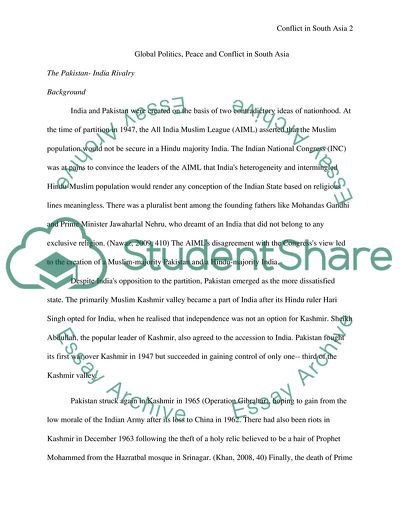Cite this document
(Global Politics, Peace and Conflict in South Asia Literature review, n.d.)
Global Politics, Peace and Conflict in South Asia Literature review. https://studentshare.org/politics/1744371-global-politics-and-peace-and-conflict-in-south-asia
Global Politics, Peace and Conflict in South Asia Literature review. https://studentshare.org/politics/1744371-global-politics-and-peace-and-conflict-in-south-asia
(Global Politics, Peace and Conflict in South Asia Literature Review)
Global Politics, Peace and Conflict in South Asia Literature Review. https://studentshare.org/politics/1744371-global-politics-and-peace-and-conflict-in-south-asia.
Global Politics, Peace and Conflict in South Asia Literature Review. https://studentshare.org/politics/1744371-global-politics-and-peace-and-conflict-in-south-asia.
“Global Politics, Peace and Conflict in South Asia Literature Review”. https://studentshare.org/politics/1744371-global-politics-and-peace-and-conflict-in-south-asia.


